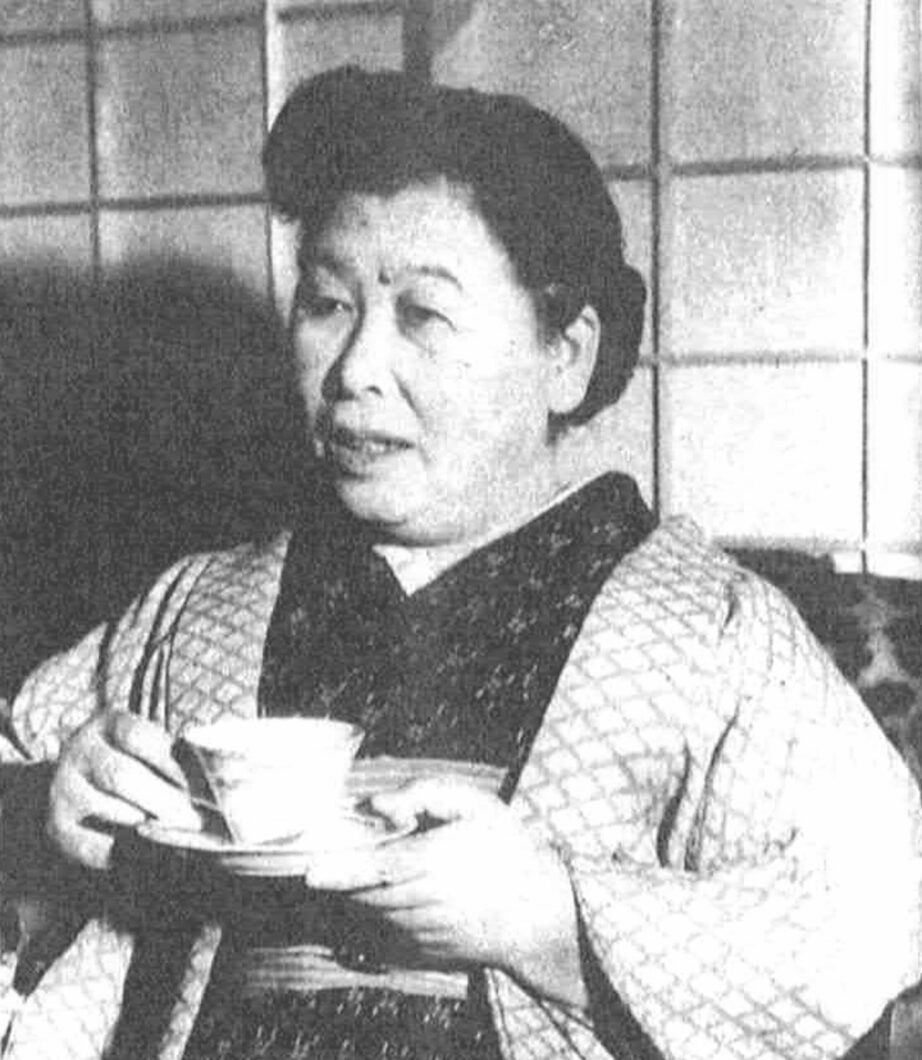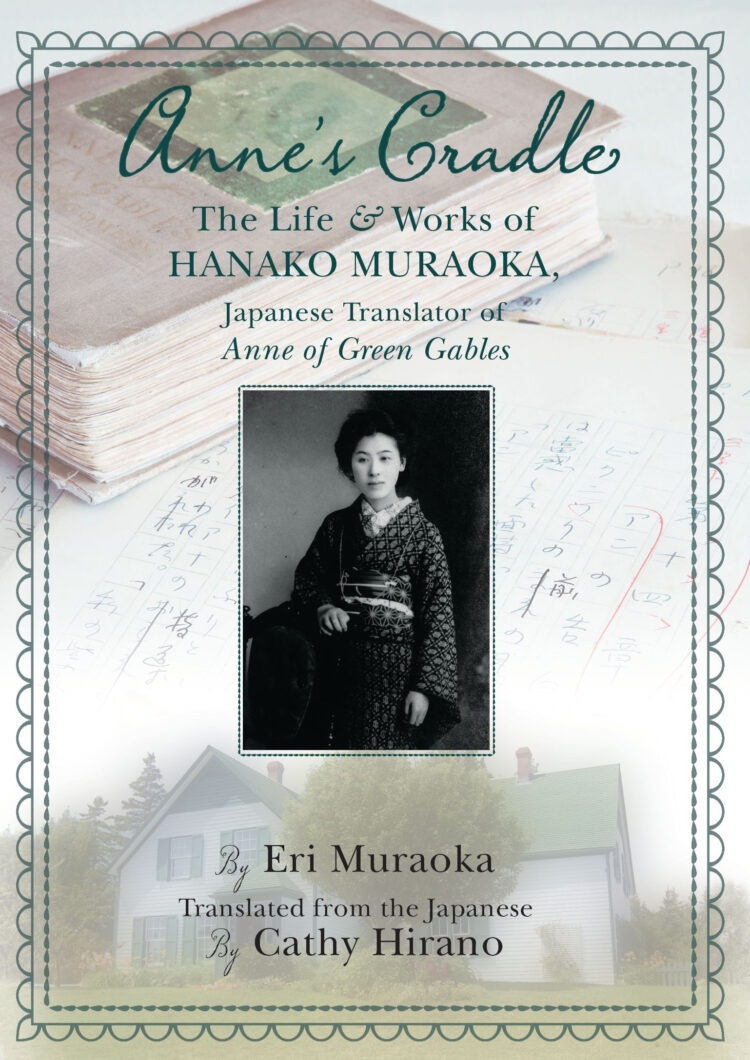SPECIAL FEATURE: LITERARY TRANSLATION, PART 2
The title of this article by Akiko Uchiyama alludes to translation theorist Lawrence Venuti’s highly influential book The Translator’s Invisibility: A History of Translation, which has generated much debate since its original publication in 1995. Akiko tells us a little about one very visible and enduring translator.

‘In contrast to Venuti’s elusive invisible practitioners, [Muraoka] clearly defies invisibility outright.’
Highlighting the issues of fluent, transparent translation that appears not as translation but as the ‘original’, Venuti also discusses the secondary and shadowy status of translation and translator in the Anglo-American context.
In contrast to Venuti’s elusive invisible practitioners, the Japanese translator I talk about in this article clearly defies invisibility outright. Granted, translations and translators enjoy a relatively higher status in Japan than they do in the United Kingdom and the USA, presumably due to the role they played in the social and cultural development of the country. However, the case of Muraoka Hanako (1893–1968) is unique in that she was featured in a TV drama series – almost half a century after her death.
NOTE: Throughout my article, Japanese names are written in the Japanese order: surname first followed by first name – ‘Muraoka Hanako’, ‘Muraoka Eri’ – with the exceptions of ‘Hanako Muraoka’ and ‘Eri Muraoka’ when referring to the cover (see below) of the English translation of Muraoka Eri’s biography of Muraoka Hanako.
The high-rating TV drama Hanako to An (Hanako and Anne) was broadcast by NHK (Nippon Hōsō Kyōkai, Japan Broadcasting Corporation) between March and September 2014. It is an adaptation of Muraoka Hanako’s biography, which was written by her granddaughter, Muraoka Eri.
An in the drama title refers to the character Anne Shirley in Canadian author LM Montgomery’s best-known book series. Muraoka is best remembered for having first introduced Anne of Green Gables (1908) to Japanese audiences, as Akage no An (Red-Haired Anne), in 1952 (she subsequently translated all the Anne books).
Even though it was published over 70 years ago, Muraoka’s Akage no An is still available, alongside a revised edition published in 2008 to commemorate the hundredth anniversary of Montgomery’s original publication. Muraoka’s biography, also published in 2008, is fittingly titled An no yurikago: Muraoka Hanako no shōgai (Anne’s Cradle: The Life of Muraoka Hanako).
The English translation of the biography was published in 2021 with support from the Canadian Government, the Canadian Council of Arts and the Province of Nova Scotia. We can note that the English title includes the word ‘Translator’:
Anne’s Cradle: The Life & Works of HANAKO MURAOKA, Japanese Translator of Anne of Green Gables
… and also that the name of the translator of the biography, Cathy Hirano, appears on the English cover along with that of the author Eri Muraoka, unlike most translations published in English.
As an enduring popular work in Japan, Anne of Green Gables has been retranslated many times by different translators. Interestingly, recent translations specifically target adult readers (although there are also versions tailored to younger readers). The 2011 translation by Hayashi Hiroe is presented as ‘girls’ literature for adults’, while writer Matsumoto Yūko’s version (1993/2019) provides numerous endnotes to explain such aspects of the original as literary allusions and social/cultural backgrounds. (Matsumoto has so far published seven translations of Anne books, with the eighth expected to be published in 2023.)

Muraoka Hanako in 1953 (image available in the public domain, via Wikimedia Commons)

Cover image of Anne’s Cradle reproduced courtesy of Nimbus Publishing
The Muraoka version, however, still appears to command a special place as the first Japanese translation, and many readers are attached to this translation that they read through to adulthood.
As invoked by the prominence of An (Anne) in the title of the biography, Muraoka’s life story is told in a way that foregrounds the tight relationship between the translator and Anne of Green Gables.
The TV drama emphasises the connection even further by incorporating some Anne-inspired events into the drama – Hanako, for example, hits her classmate with a writing slate, like Anne hits Gilbert. Many Japanese audiences would have recognised these borrowed elements and perhaps doubly enjoyed watching the drama.
The Anne stories have crossed linguistic and cultural borders, from a provincial island nestling against Canada’s eastern coast to become part of a narrative recounted in a TV drama in Japan. This journey evolved out of Muraoka’s determination to translate Anne of Green Gables during the Second World War, having received the book from a Canadian missionary friend in 1939. At the time, translating English literature could have led to her imprisonment if caught. The translator’s visibility illustrated by Muraoka Hanako also supports the importance of friendship and cross-cultural exchange.
Akiko Uchiyama specialises in translation studies, and her research interests include postcolonial translation theory, gender in translation, girls’ fiction in translation and the history of translation in Japan. She is a lecturer at the University of Queensland, where she coordinates the Master of Arts in Translation and Interpreting (MATI) program in the School of Languages and Cultures.
A longer article by Akiko on Muraoka Hanako’s translation of Anne of Green Gables can be found here.


